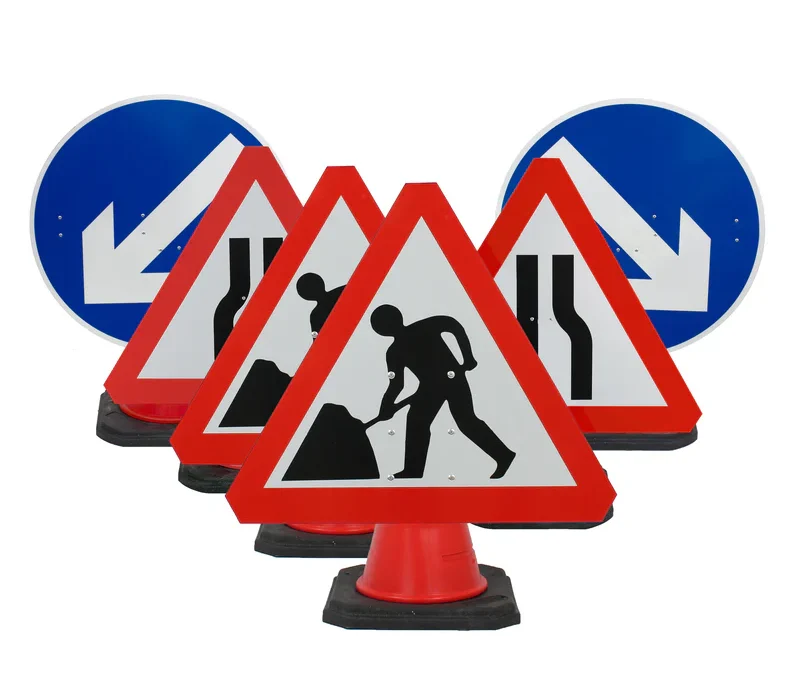How Quick Setup Affects Overall Traffic Flow on Busy Roads
Minimizing Disruption Duration
- Rapid deployment of roadwork barriers or equipment ensures that safety measures are in place swiftly, allowing construction or maintenance crews to establish or clear work zones without unnecessary delays.
- This reduces the period of partial lane closures or diversions, keeping disruption windows as short as possible and preventing the bottleneck effect that slows overall traffic.
Maintaining Roadway Capacity
- The faster a work zone is secured and delineated, the sooner the road can return to near-normal capacity, minimizing bottlenecks that create congestion, especially during peak periods.
- Delayed setup or removal of equipment can cause backups, leading to compounded delays as congestion increases exponentially once capacity is exceeded.
Enhancing Traffic Predictability and Flow
- Efficient setup helps prevent the confusion and abrupt slowdowns that often occur when drivers approach a poorly marked or temporarily blocked area.
- Consistent, clear markings and barriers allow for smoother route transitions, preventing erratic driver behavior (like sudden lane changes or stops) that disrupts the flow for all vehicles.
Reducing Incident-Related Delay
- Quick establishment of protective barriers allows traffic to be rerouted or funneled into safe lanes more effectively.
- This not only protects workers but also reduces the likelihood of secondary incidents, which are a significant source of additional traffic delay and risk.
Key Benefits Table
| Quick Setup Benefit | Impact on Traffic Flow |
|---|---|
| Rapid deployment | Shortens disruption; less congestion |
| Early hazard marking | Reduces abrupt stops and driver error |
| Fast clearance | Returns capacity to normal sooner |
| Fewer secondary incidents | Minimizes compounded delays |
Summary
On busy roads, the quick setup of barriers and traffic control measures is essential for keeping traffic flowing efficiently. It shortens disruption periods, maintains higher roadway capacity, prevents avoidable delays, and allows commuters to move predictably and smoothly through or around work zones.


Recent Comments